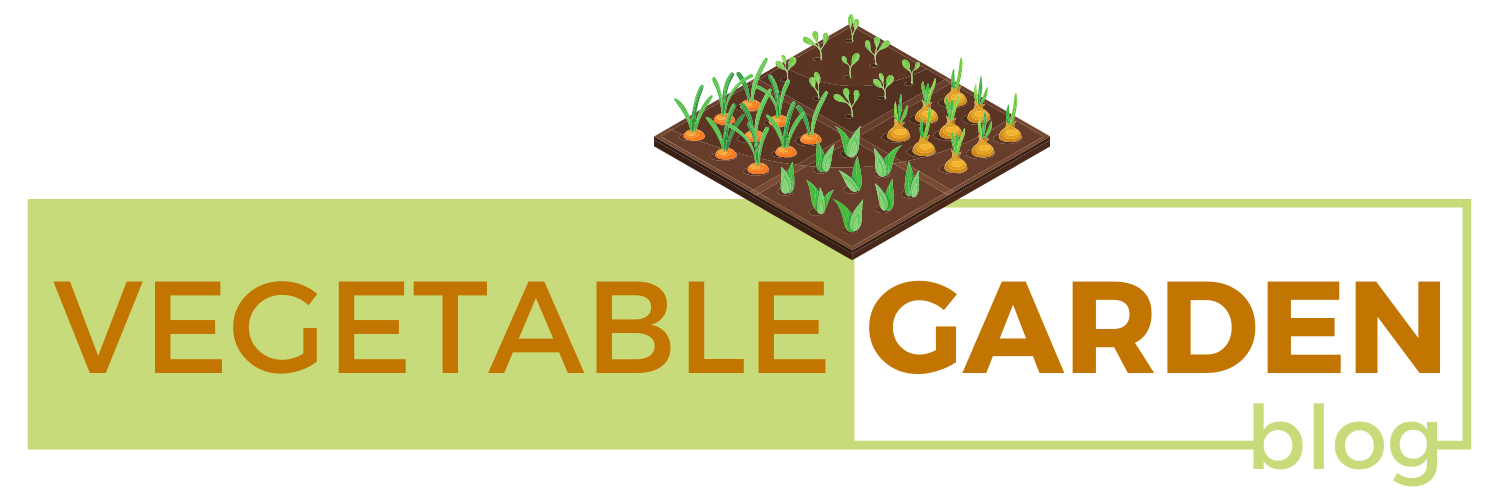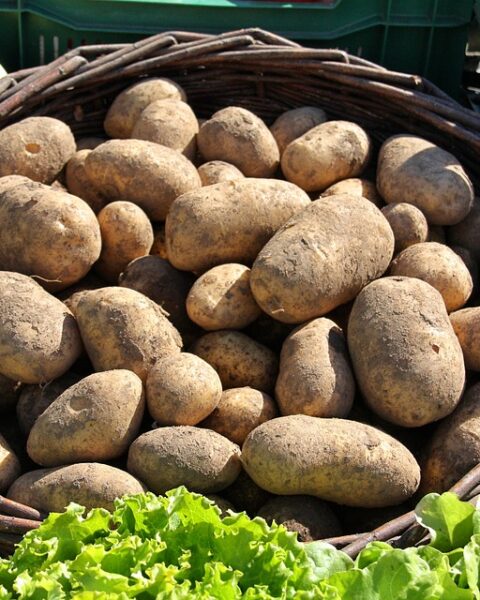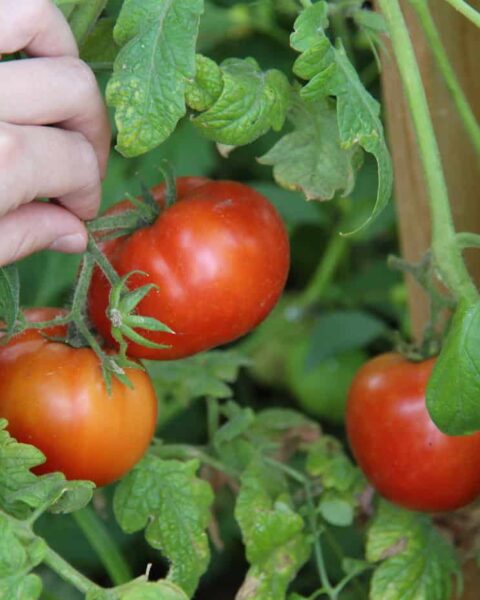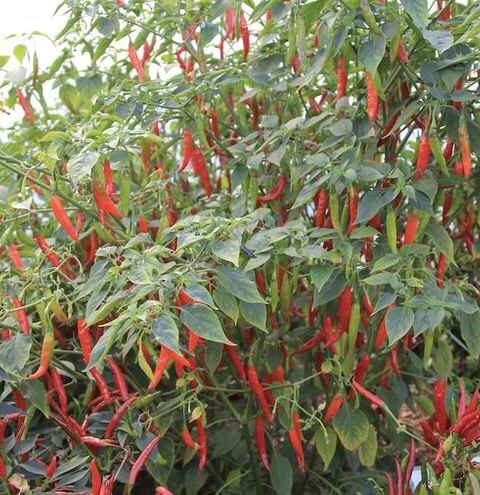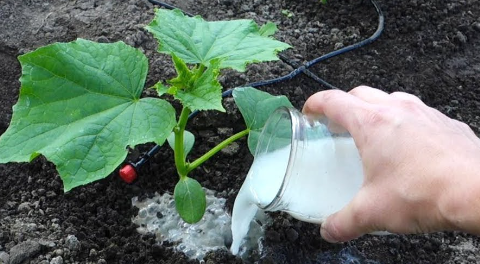Potatoes are a staple crop in many parts of the world, valued for their versatility, nutritional content, and relatively easy cultivation. However, achieving a bountiful potato harvest requires more than just planting the tubers and waiting for them to grow. One often overlooked but highly effective technique is cutting potatoes before planting. In this article, we delve into the art of cutting potatoes before planting and how it can optimize your potato harvest.
Why Cut Potatoes Before Planting? Cutting potatoes before planting involves slicing the tubers into smaller pieces, each containing at least one “eye” or sprout. While it may seem counterintuitive to cut up a perfectly good potato, there are several compelling reasons for doing so:
- Increase Yield: By cutting potatoes into smaller pieces, you can effectively multiply your seed stock. Instead of planting whole potatoes, you can plant multiple pieces from a single tuber, thereby increasing the number of plants and potential yield.
- Disease Management: Cutting potatoes allows you to inspect each piece for signs of disease or rot. By discarding any unhealthy portions and treating the remaining pieces, you reduce the risk of spreading diseases to your entire potato crop.
- Space Efficiency: Small garden plots or containers may not have enough space to accommodate whole potatoes. Cutting them into smaller pieces allows you to plant more efficiently, maximizing the use of available space.
- Uniformity: Planting potato pieces of similar size ensures more uniform growth and harvesting. This facilitates easier maintenance and harvesting, resulting in a more organized and efficient operation.
The Art of Cutting Potatoes: While cutting potatoes before planting offers numerous benefits, it’s essential to approach the process with care and precision. Follow these steps to master the art of cutting potatoes:
- Select Healthy Tubers: Choose firm, disease-free potatoes for cutting. Avoid using potatoes with soft spots, cuts, or signs of decay.
- Gather the Right Tools: You’ll need a sharp, clean knife or a specialized potato-cutting tool. Dull blades can crush the tubers, leading to poor sprouting and potential rot.
- Cut into Pieces: Carefully slice the potatoes into pieces, ensuring that each piece contains at least one eye or sprout. Aim for uniformity in size to promote consistent growth.
- Allow Healing Time: After cutting, allow the potato pieces to air dry and heal for a day or two before planting. This helps reduce the risk of rot and promotes quicker sprouting once in the soil.
- Plant with Care: When planting, ensure that each piece is placed in the soil with the sprouts facing upward. Cover them with soil to the appropriate depth, typically a few inches, and water thoroughly.
- Maintain Proper Spacing: Space the planted potato pieces according to the variety’s recommended spacing guidelines to prevent overcrowding and competition for resources.
- Monitor Growth: Keep a close eye on your potato plants as they grow, providing adequate water, nutrients, and protection from pests and diseases.
Conclusion: Cutting potatoes before planting is a simple yet effective technique for optimizing your potato harvest. By increasing yield, managing disease risk, maximizing space efficiency, and promoting uniform growth, this method offers numerous benefits for both small-scale gardeners and commercial growers. Mastering the art of cutting potatoes requires attention to detail and proper technique, but the rewards in terms of a plentiful potato harvest make it well worth the effort. Incorporate this practice into your potato cultivation routine, and enjoy the satisfaction of a thriving potato crop year after year.
